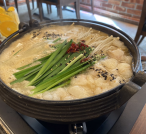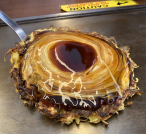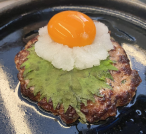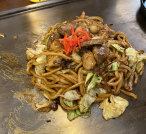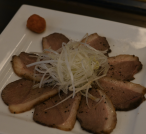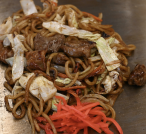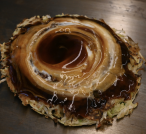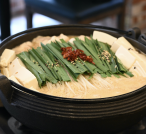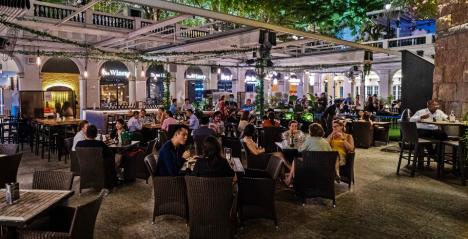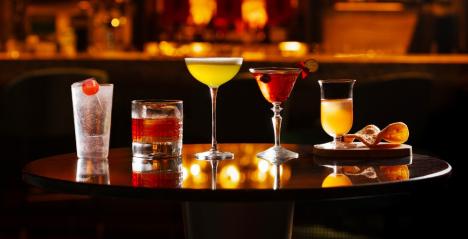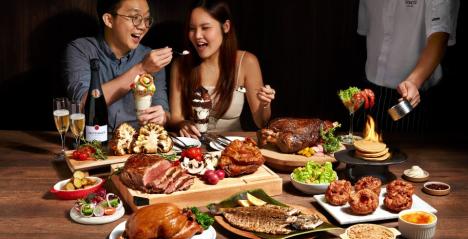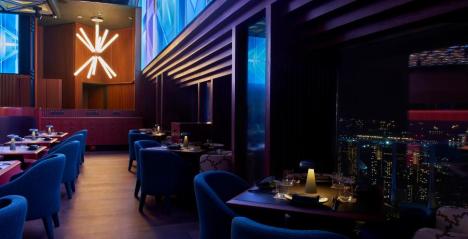The Kurohanabi Restaurant is located at the EatAtSeven, a group of Japanese restaurants located at Level Three of Suntec Tower 1 in Singapore. Kurahanabi opened in December 2022 and is helmed by Chef Jason, who trained in restaurants in Japan and other cities in Asia.
Kurohanabi features Wagyu motsu (organs such as cows' small and large intestines) and is usually served in a hotpot of thick, bubbling sesame miso soup. This speciality of Hokkaido would seem the perfect dish to serve on a freezing winter’s day. We in Singapore can now experience this unique and delicious cuisine.

The Hokkaido Motsu Nabe is the traditional way to have beef motsu. The hotpot dish consists of Kurohanabi's signature sesame miso soup base, in which beef intestines, tofu, chives, cabbage, and enoki mushroom cook together in the soup. If you’ve done hotpot before, you know that as the soup boils down, it intensifies in richness and flavour. You get the same here. This is the first time I’ve tried motsu nabe, and wow, what a wonderful experience. It would be best to have the motsu nabe when you dine in Kurohanabi.

The Motsu Okonomiyaki is a popular street food made of eggs, seafood, vegetables, and motsu. It looks like a veggie omelette and cooks on an iron griddle that’s part of your dining table. It’s supposed to be crispy on the bottom and fluffy inside. Perhaps I had mine a tad early, and it didn’t have that crispy crunch. However, all the expected tastes and flavours were not missing. It is a light dish, easy to eat and topped with a special okonomiyaki sauce.

My third dish was the Wagyu Motsu Yakisoba. Not a visually appealing dish, but it makes up wonderfully in taste. Thick noodles are cooked with beef, motsu and cabbage. Great flavours, and the cabbage was chunky enough to retain some crunch. Again, an unexpected taste discovery for me.
Now, no worries if motsu is not your thing and you happen to be dining with motsu devotees. At Kurohanabi, you can indulge in non-motsu dishes like the Lamb Tsukune, a dish of minced lamb mixed with a Japanese yam, onions, and chives shaped into a thick patty and pan-fried. It comes topped with grated radish and fresh egg yolk. Check out the photo.
You can also have the Kamo Hanabi, a thinly sliced duck breast marinated with a house-made sauce. It is served with a chiffonade spring onion. Interestingly, it is plated in the shape of the restaurant’s logo.
Kurohanabi is the place to be if you want something different from Japanese cuisine. It’s different but well worth the experience. It is highly recommended.
a. 3 Temasek Boulevard, Tower 1, #03-316 Suntec City, Singapore 038983
ig. www.instagram.com/kurohanabi.sg
You May Also Like



